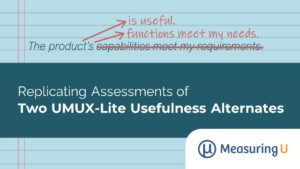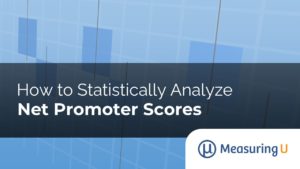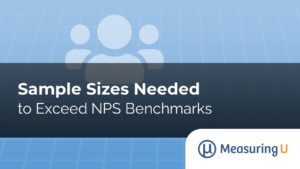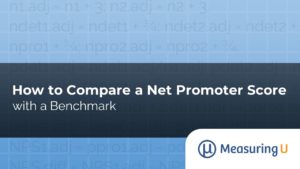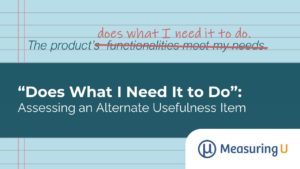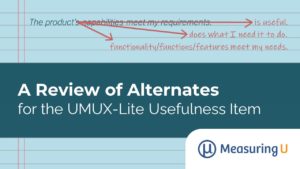
A Review of Alternates for the UMUX-Lite Usefulness Item
The UMUX-Lite is a popular two-item measure of perceived usability that combines perceived ratings of Ease and Usefulness, as shown in Figure 1. Figure 1: Standard version of the UMUX-Lite (standard item wording with five-point scales). Since we began regularly using the UMUX-Lite in our practice, we’ve had numerous clients ask whether it

